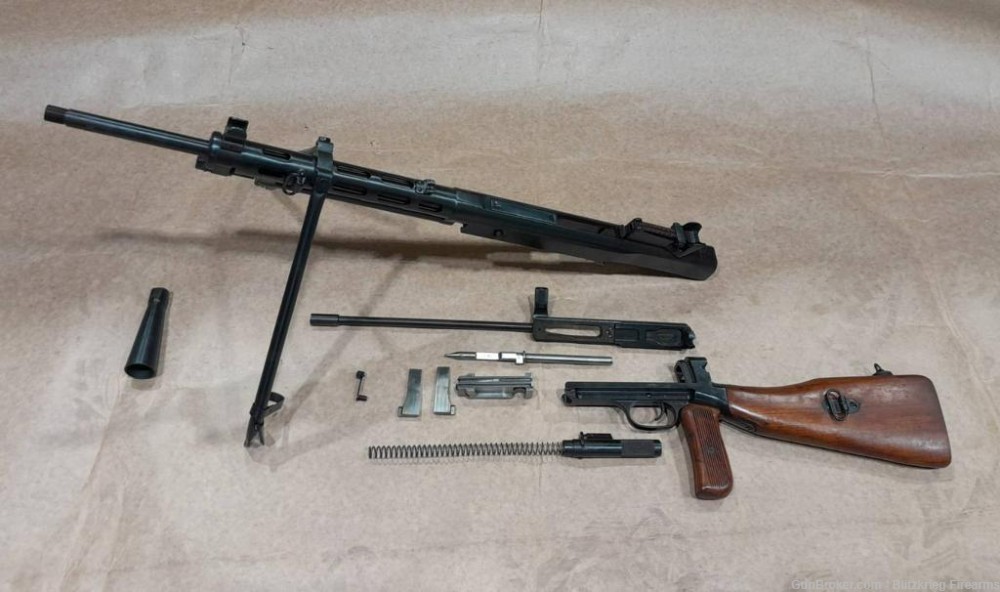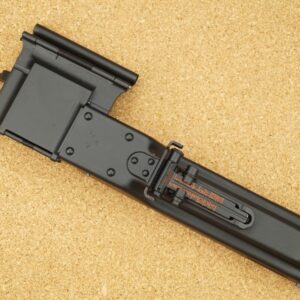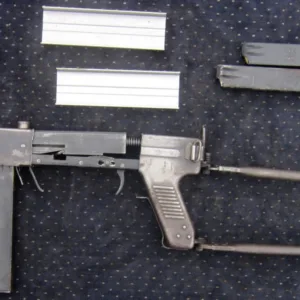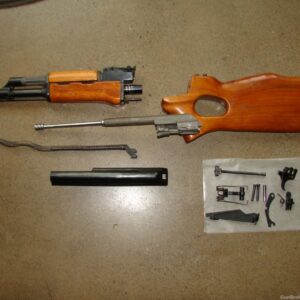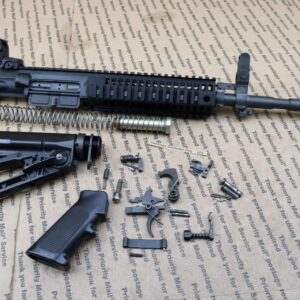In the world of military collectibles and firearm enthusiasts, few items garner as much interest as the Polish DPM (Działa Piechoty Maszynowa) parts kits, particularly the DP-28 and DP-27 models. Known for their historical significance and reliable performance, these kits attract collectors and hobbyists alike.
Origin of DPM Machine Guns
The DPM machine guns, specifically the DP-28 and DP-27 models, have a storied past intertwined with military history. Developed in the early 20th century, the DP-28 was a significant improvement over its predecessors, designed for reliability in the harshest conditions faced by soldiers.
The DP-27, a variant introduced before the DP-28, shares similar design features but includes critical modifications for enhanced functionality. Originating in Poland, these machine guns were widely used during World War II and beyond, showcasing their effectiveness in various combat situations. Understanding the historical context of these machines provides valuable insight into the engineering advancements of the time and their importance in military operations.
Features and Specifications of DP-28 and DP-27 Parts Kits
When considering the acquisition of Polish DPM parts kits, it is essential to understand the specifications that set the DP-28 and DP-27 apart.
DP-28:
- Caliber: 7.62x54mmR
- Feeding System: 47-round pan magazine
- Rate of Fire: Approximately 600 rounds per minute
- Weight: 11 kg (24 lb) without ammunition
- Effective Range: Up to 1,500 meters
DP-27:
- Caliber: 7.62x54mmR
- Feeding System: 47-round pan magazine
- Rate of Fire: Approximately 600 rounds per minute
- Weight: 11 kg (24 lb) without ammunition
- Effective Range: Up to 1,500 meters
Maintenance and Care for DPM Parts Kits
Regular Cleaning
Cleaning Supplies: Invest in high-quality cleaning kits designed for military firearms.
Barrel Cleaning: Use a bore brush and solvent to remove fouling, ensuring that accuracy and performance remain top-notch.
Exterior Care: Wipe down the exterior with oil to prevent rust and corrosion.
Inspection
Check for Wear: Examine all components for signs of wear, particularly springs, seals, and moving parts.
Function Test: Perform periodic function tests to confirm that all mechanisms operate smoothly.
Storage
Environment: Store parts kits in a cool, dry place away from direct sunlight to prevent deterioration.
Security: Utilize a secure locking cabinet to protect your collection and comply with local laws.



